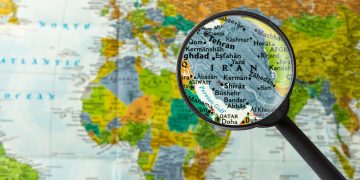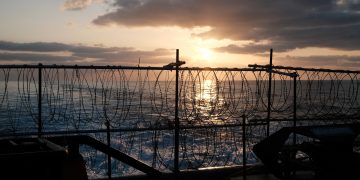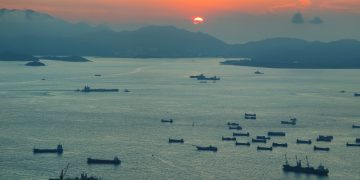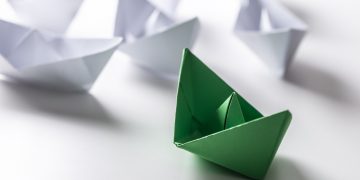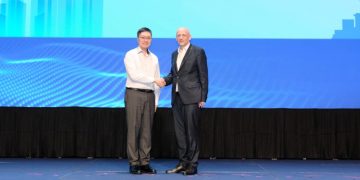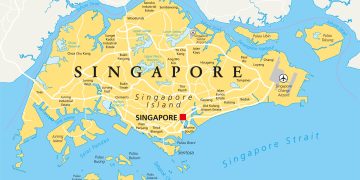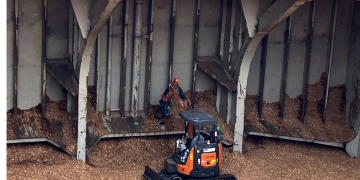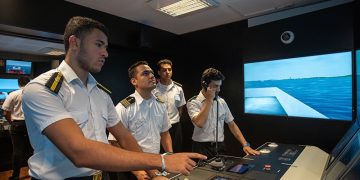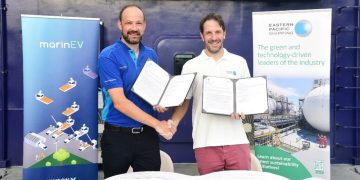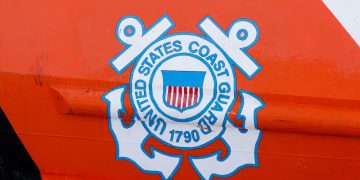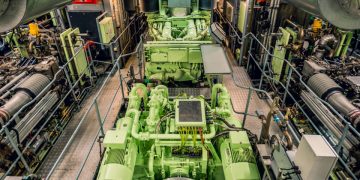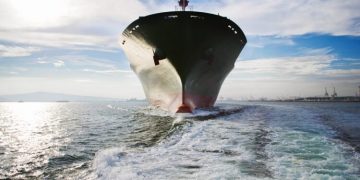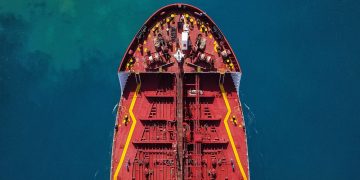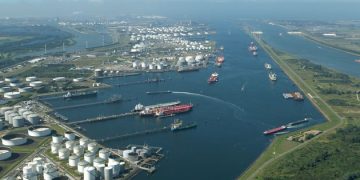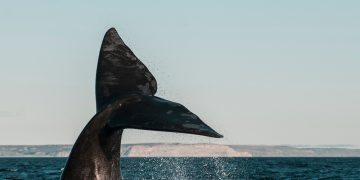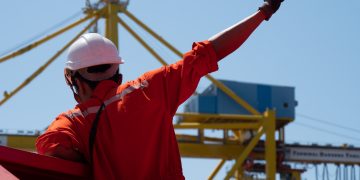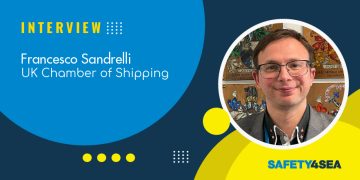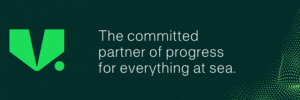Cruise Ships Prevented from Docking Overnight
Ocean liners will be prevented from docking overnight at the terminal at Balmain until the State Government regulates low-sulphur fuel use in the harbor, ABC News reports. The New South Wales Port Authority has suspended overnight cruise ships from berthing at Sydney's White Bay Terminal in response to community concerns about fuel fumes. The move has been welcomed by the Leichhardt Council but it said the terminal also needed to be fitted with shore-based power so ships are not required to keep their engines running, which causes excess fuel emissions. "The temporary suspension and the anticipated regulation of sulphur fuel, which needs to happen urgently, are both welcome steps," Leichhardt Mayor Rochelle Porteous said in a statement. "However, ship to shore-based power must be retrofitted as soon as possible and noise mitigation addressed." Mayor Porteous said the community had suffered significant impacts. "Putting cruise ships with their engines running, invasive noise and diesel fumes belched out across the peninsula just next door to family homes was always going to have significant impacts," she said. A spokeswoman from the NSW Environmental Protection Authority (EPA) said it has been working with local residents to remedy concerns about emissions from cruise ships. ...
Read more




